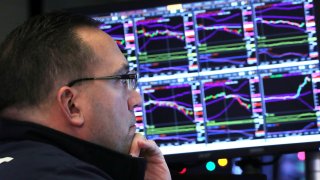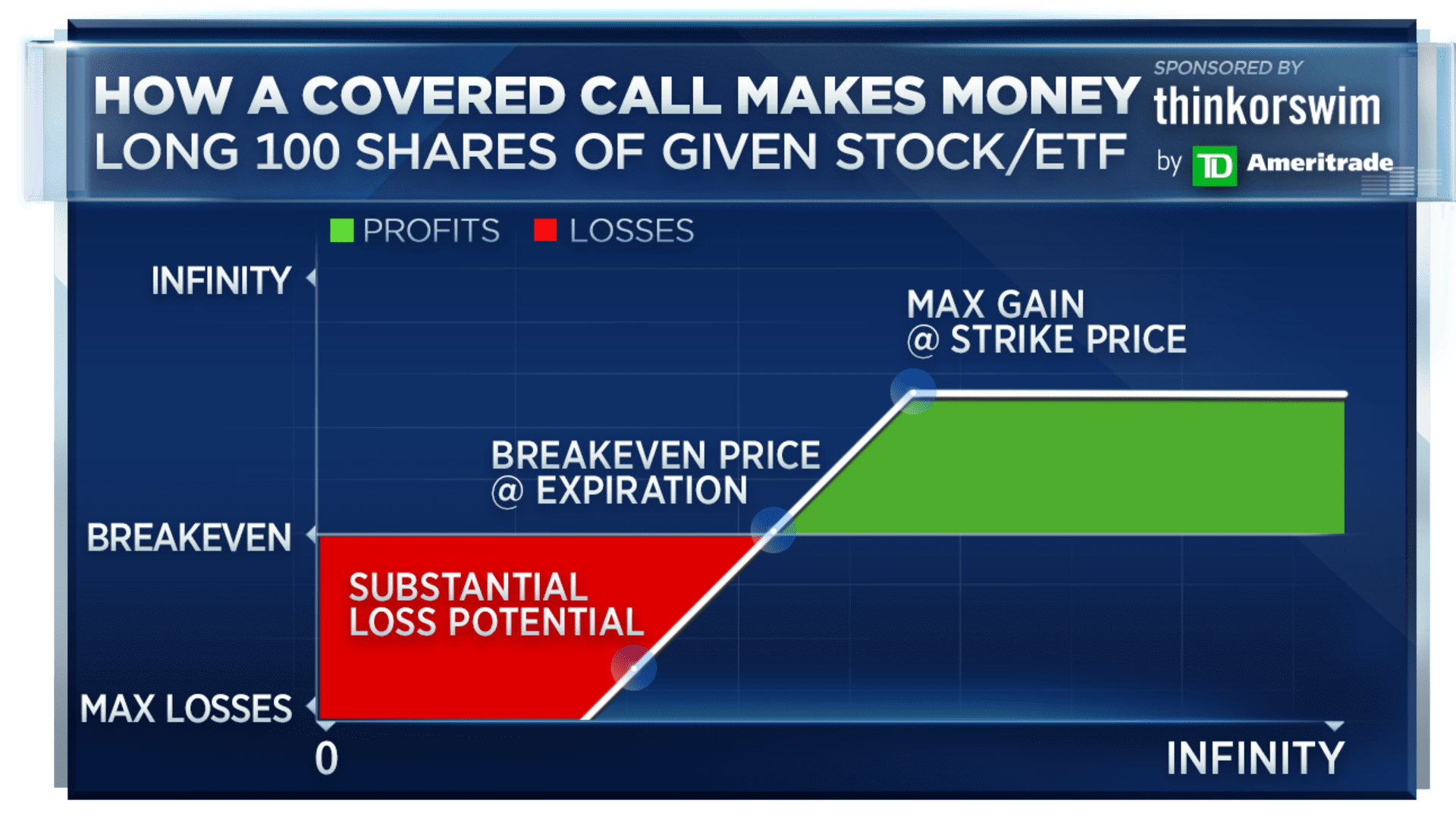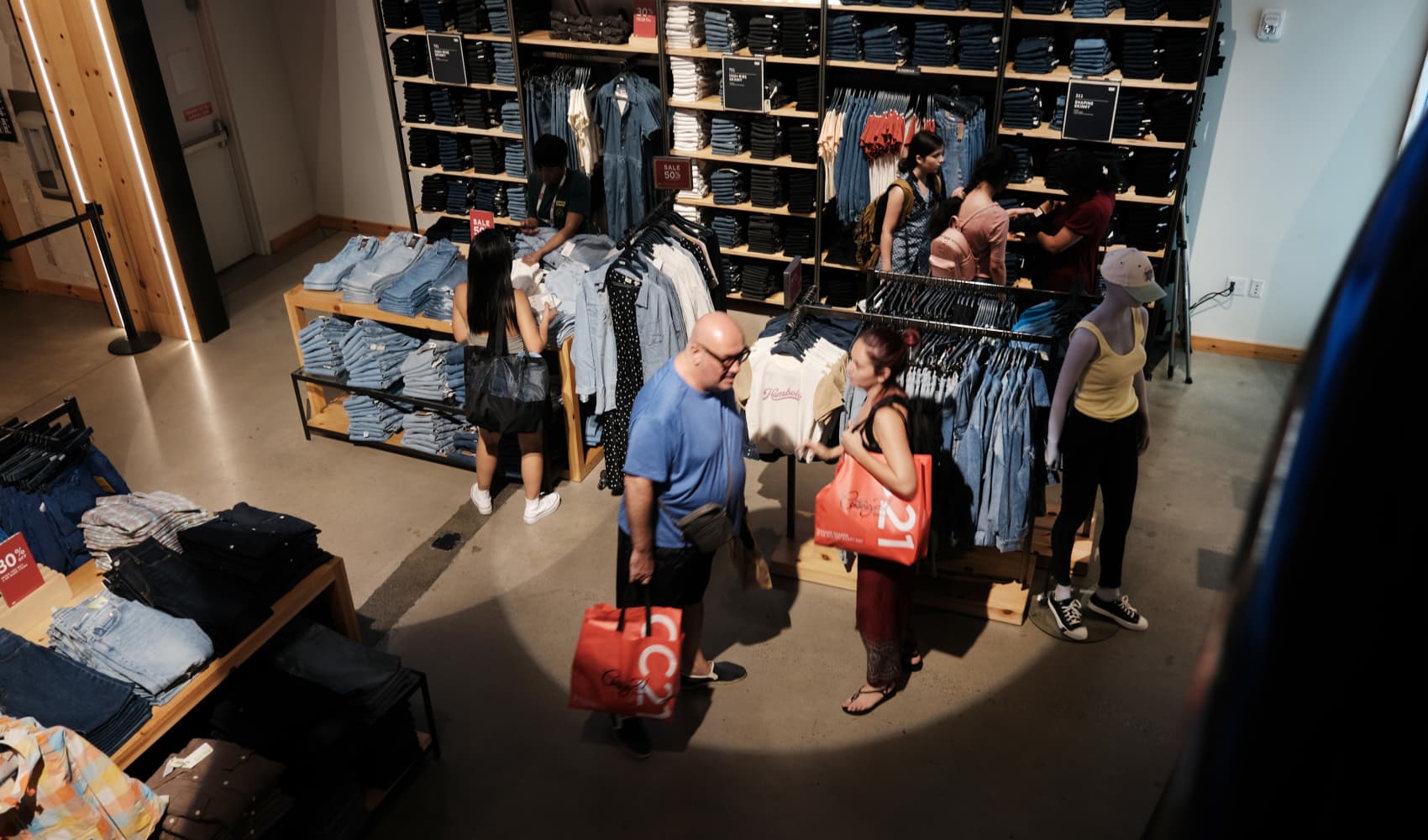
The S&P 500 is on pace for its worst month since March 2020, and the average stock in the index is down about 20% from its 52-week high. Couple that with a volatility index above 30 and on pace for its best month since November, and you have a very perilous environment for your portfolio.
Luckily, there are ways to use options to protect your holdings against downside, and one of the simplest strategies is also one of the most effective.
"When volatility is so high, there is one simple strategy that almost every options trader has at their disposal, that provides downside protection and some income, and that is a covered call," OptionsPlay Chief Strategist Tony Zhang said Wednesday on CNBC's "Fast Money."
Get Boston local news, weather forecasts, lifestyle and entertainment stories to your inbox. Sign up for NBC Boston’s newsletters.

"This is a strategy that requires you to have at least 100 shares of an optionable stock or ETF, where you can sell a call option against that stock, with that stock as collateral against the obligations of that call," said Zhang. "What it does, is obligate you to sell your stock at that specific strike price on or before the expiration date."
This strategy risks potential forfeiture of future upside exposure in a given position, in exchange for income.
Money Report
"This is [a strategy] that's going to reduce your cost basis and provide a little bit of downside protection [by way of] the premium that you're collecting, and in this particular environment with such elevated volatility, you're just going to be able to collect more premium," Zhang said.
As Zhang notes, current elevated volatility levels mean options premiums are higher across the board, but the accentuated swings in tech and consumer stocks mean that those areas of the market are where the highest premiums can be collected. To Zhang, one name sticks out among the rest.
"If you look at Robinhood, a 30-day, $12.5-strike [call option] — that's a strike price 30% above the price of the stock — will generate about 3.5% of the stock's value in just 30 days. That annualizes out to about 44% yield on that covered call," Zhang said.






